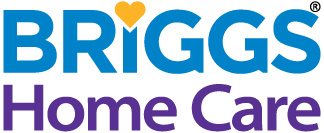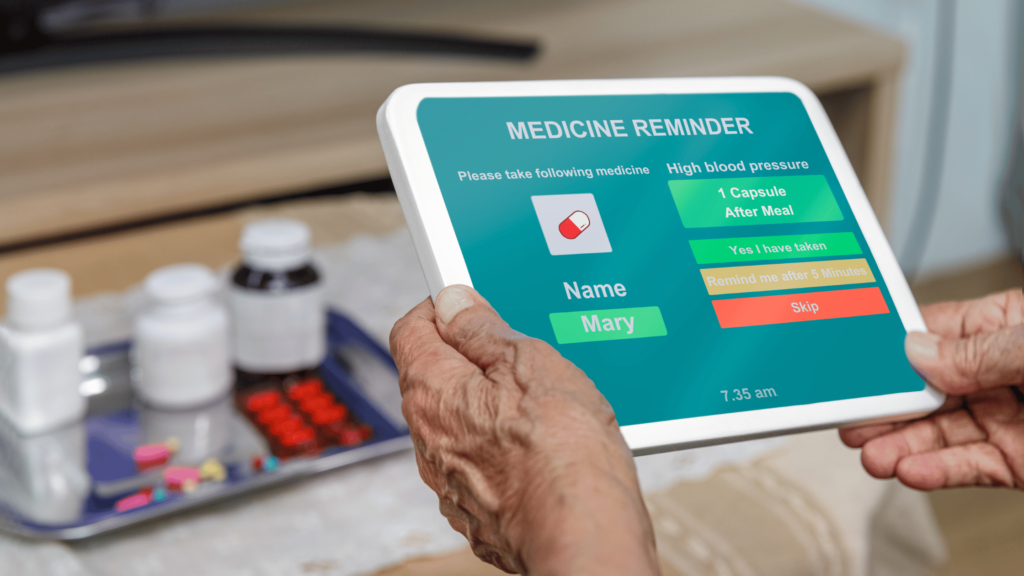In an era where technology permeates every aspect of our lives, its application in family caregiving heralds a new dawn of ease and efficiency. With an aging population and the increasing need for in-home care, technology is a beacon of hope, offering solutions to various caregiving challenges. From reducing physical demands to enhancing communication and safety, technology provides invaluable support to those who care for their loved ones.
Technology and Tools to Make Family Caregiving Easier
Health Monitoring Tools
A significant breakthrough in caregiving technology is the development of health monitoring tools. Smartwatches are no longer fitness trackers; they have evolved into comprehensive health monitoring devices that can measure vital signs, track activity levels, and even detect falls. Similarly, digital platforms streamline medication management, ensuring caregivers are alerted to medication schedules, thus preventing missed doses or double dosing. These innovations offer peace of mind, allowing caregivers to stay abreast of their loved one’s health status in real time.
Caregiving Communication Enhancements
Effective communication is crucial in caregiving, ensuring everyone is on the same page regarding care decisions and updates. Technologies like shared online calendars and mobile apps for updating care logs facilitate seamless communication between caregivers, family members, and healthcare professionals. By centralizing information, these tools ensure that all parties remain informed and can contribute to providing holistic care.
Safety Enhancements
For many caregivers, the safety of their loved ones is a constant concern, especially for those caring for individuals with conditions like dementia. Technology offers a solution through motion sensors, GPS trackers, and emergency response systems. These tools can alert caregivers to potential hazards or emergencies, ensuring that appropriate measures can be taken promptly to secure the safety of their family members.
Mobility Aids
Advances in mobility aids—from sophisticated wheelchairs to wearable devices that assist with walking and balance—have significantly improved the quality of life for those requiring caregiving. By enhancing mobility and independence, these tools benefit the care recipient and alleviate the physical strain on the caregiver, making daily activities more manageable.
Educational Resources and Support Networks
Access to accurate information and emotional support is critical for caregivers who navigate unfamiliar territory. Online platforms and apps offer a wealth of educational materials, tutorials, and communities of fellow caregivers. These resources are invaluable, equipping caregivers with the necessary knowledge and providing a supportive network to lean on during challenging times.
Family Caregiving Technology and Automation Tools
Home automation technologies, such as smart home systems that control lighting, temperature, and security, offer convenience and safety. By simplifying routine tasks through automation, caregivers can save time and reduce their workload, allowing them to focus more on the personal aspects of caregiving.
Technology-Enabled Home Care Services
Integrating technology into home care services enhances the support provided to families. Platforms that facilitate finding, vetting, and communicating with professional caregivers can transform the delivery of home care. These services offer personalized care plans, regular updates to family members, and simplified caregiving schedule management—all accessible through digital means. This connectivity ensures consistency in care but also aids in matching caregivers with families based on specific needs and compatibility.
Conclusion
Integrating technology into family caregiving has opened up a world of possibilities, significantly enhancing the quality of care and making daily routines more manageable. Caregivers must stay informed about new technologies that can further ease the caregiving process. By taking advantage of these tools, caregivers can ensure a higher quality of life for themselves and those they care for.
Key Takeaways
- A wide range of technological tools can help manage health monitoring, enhance safety, and improve communication in caregiving scenarios.
- Automation and smart home technologies can reduce the caregiving burden by handling routine tasks efficiently.
- Leveraging technology-enabled services can enhance the quality and personalization of in-home care.
For more resources and information about the technologies mentioned, download our family caregiving guide and check out these related articles:
-
- 10 Tips for Balancing Work and Family Caregiving Responsibilities
- Nutrition for the Caregiver: Maintaining Your Health While Caring for Others
- The Emotional Journey of Caregiving: Coping with Guilt and Grief
- The Essential Guide to Family Caregiving
- Understanding the Legalities: A Family Caregiver’s Guide to Medical and Financial Decisions
- Creating a Sustainable Caregiving Plan: A Checklist for Family Caregivers
- Navigating Long-Distance Caregiving: Strategies for Managing Care from Afar





